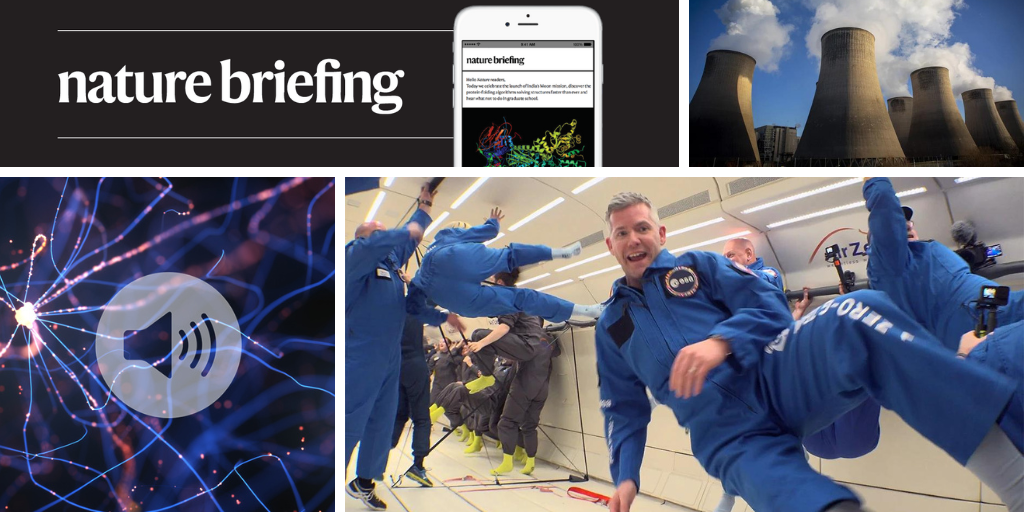Hello Nature readers, would you like to get this Briefing in your inbox free every day? Sign up here.

Taxes were particularly effective at reducing emissions associated with electricity generation in high-income countries.Credit: Andrew Aitchison/In pictures via Getty
An analysis of roughly 1,500 climate policies found 63 that led to significant reductions in emissions, cutting them by 19% on average. Using the right mix of policies is more important than using a lot of policies, says climate researcher and co-author Annika Stechemesser. For example, the UK’s phasing out of coal-fired power stations worked because it was used in tandem with pricing mechanisms, such as a minimum carbon price, while in Norway, banning combustion engine cars was most effective when combined with a price incentive that made electric cars cheaper.
The Alzheimer’s disease drug lecanemab (sold as Leqembi) is one of the first shown to slow cognitive decline in people. But the extent of its benefits is hotly debated, it has potential side effects and it’s expensive. The drug is approved in the United States, China and elsewhere. The European Medicines Agency (EMA) declined to licence it, although is now reassessing its decision following an appeal by the drugmaker. And in the United Kingdom, lecanemab is licensed for use but was recently deemed too costly to be offered for free to patients through the national health service. “Emotions are really high here,” says biochemist Christian Haass, who disagreed with the EMA decision. “It’s the first disease-modifying drug we have in more than 30 years.”
The World Health Organization and UNICEF are calling for a humanitarian pause in the war in the Gaza Strip to enable aid groups to vaccinate 600,000 children against polio. Three children are suspected of already being infected, say the organizations, and the ministry of health in the West Bank says it has confirmed a case in a 10-month-old baby in Gaza. “We are anticipating and preparing for the worst-case scenario of a polio outbreak in the coming weeks or month,” says Francis Hughes of the humanitarian organization CARE International.
Features & opinion
Paralympic medallist and orthopaedic surgeon John McFall is the world’s first astronaut with a physical disability. His role on the European Space Agency (ESA) astronaut reserve team is to test how all aspects of space travel — from training to moving in microgravity — would work for someone with a lower-limb prosthesis like him. He also hopes to inspire others. “ESA is boldly going out and saying: we believe this is possible,” he says. “This is a tremendously powerful way to reduce stigma around disability.”
Even ‘untouched’ natural landscapes bear witness to millennia of human influence, argues a lyrical book by journalist Sophie Yeo. “Weaving into her narrative an understanding of ecological niches, previous biodiversity crises and the deep environmental legacy of Roman farming, Yeo demonstrates the fallacy of trying to return the environment to any point in the past, whether that be pre-Roman Great Britain or Pleistocene Europe,” writes palaeobiologist Douglas Erwin in his review.
A woman and her robot nanny make the ultimate choices in the latest short story for Nature’s Futures series — to love, and to say goodbye.
An algorithm that reactivates dormant ‘neurons’ in deep-learning-based artificial-intelligence (AI) systems could help them overcome their inability to learn new things and make future systems more flexible. AIs based on deep learning struggle to learn how to tackle new tasks indefinitely, making them less adaptable to new situations. The reasons for this are unclear, but now a team has identified that ‘resetting’ parts of the neural networks underlying these systems can allow deep learning methods to keep learning continually.
Nature Podcast | 20 min listen
Subscribe to the Nature Podcast on Apple Podcasts, Spotify or YouTube Music, or use the RSS feed.


